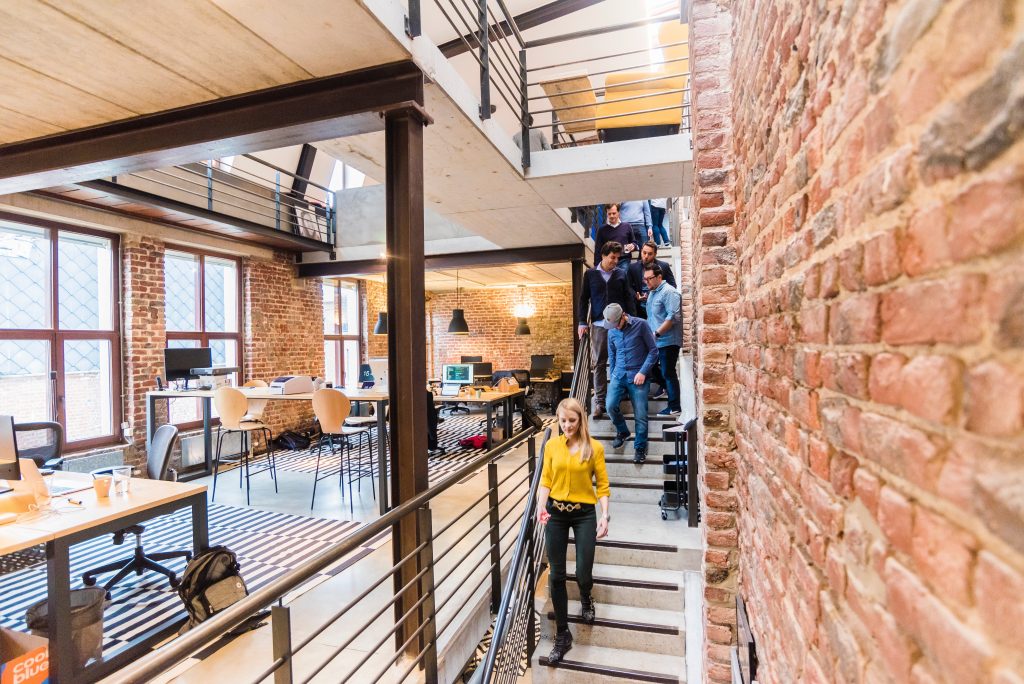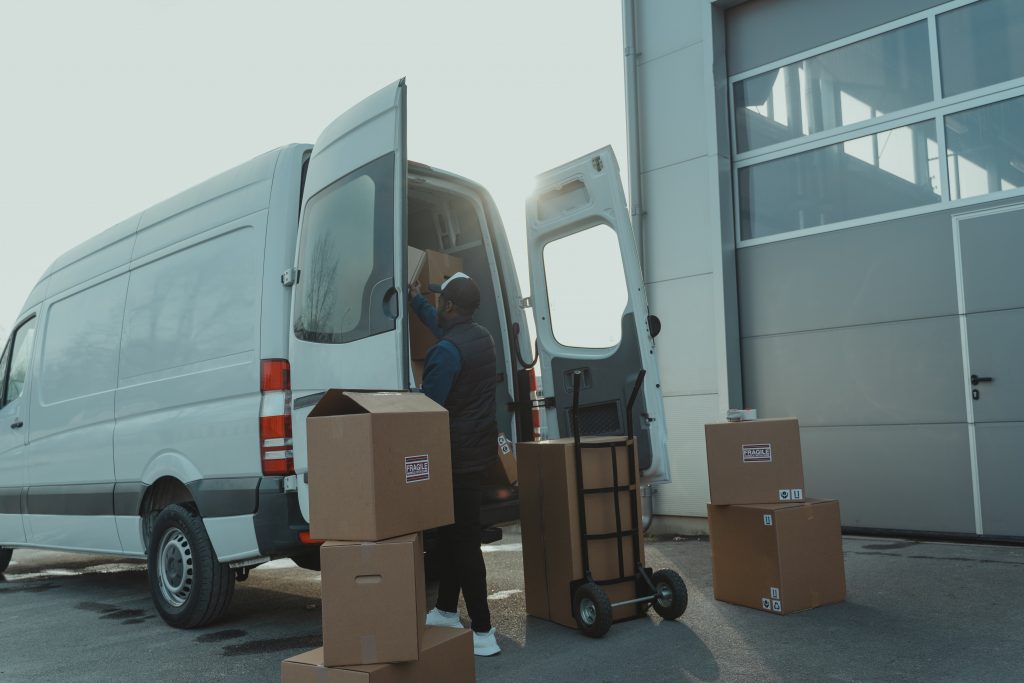When it comes to online businesses, efficiency is a top priority. If you are not efficient with your resources -i.e. time and money – you’ll have a much harder time growing your company. How do I make sure my million dollar company stays as efficient as possible? Read on to find out!
1) I Have No Employees
One of the biggest expenses a business can have is employee payroll. If you bring on a full-time employee, you have to pay them a living wage. It’s easy to forget they also expect benefits such as healthcare and paid time off. Even if an employee receives a $50k per year paycheck, your total out of pocket expenses are going to be closer to $70k or more.
Hiring employees is usually the obvious approach to scaling a traditional company. In today’s world, however, you can leverage existing third-party services that are ready to ramp up with your business. Instead of focusing on building a team of employees, I instead focus my efforts on growing my operations on Shopify, AdWords, Amazon FBA and overseas suppliers.
In addition to the actual salary cost, having employees represents a huge opportunity cost. Have you ever had a friend over to your house for dinner and have them offer to help with the dishes? You probably appreciate their polite offer for help, but part of you thinks, no thanks, it’s just more work for me to explain where everything goes.
The same issue happens when you have employees. You must spend a lot of time explaining yourself and how you want to get something done. A really quick and smart employee who just “gets it” might require less time on your part, but they will demand a higher salary. You also have to implement payroll taxes and accounting, which become much more complicated versus a one-member, one-manager LLC. We haven’t even considered the time spent searching, interviewing and actually onboarding them. What happens if they are unhappy and morale becomes an issue?

Keeping employee costs to $0 has been a huge benefit for my bottom line. A million dollars a year sounds like a lot of money, but after accounting for product costs, marketing and general expenses, paying out another $50k – $100k per employee can really cut into your profits. Instead, I am able to reinvest these profits into the business, or pay myself a little extra.
2) I Do Not Rent Office Space
My monthly office space rent costs less than $50 per month, comes with a nice desk, WiFi and coffee. That’s because instead of having a private office, working from Starbucks gives me the best bang for the buck. (The $50 represents $2 per day spend on coffee).
Private offices for a small team of one or two people exist, but will usually require signing a lease of at least one year, and sometimes longer. Newer coworking options like WeWork provide an alternative with month-to-month agreements and even pay-per-day options. Each of these options do have their benefits, and when I actually went and visited, it was easy to imagine myself working in these clean and professional spaces.
But then, I looked at the pricing.
- Starbucks: $50 per month
- WeWork: $500 per month
- Private Office: $800 per month
- Regus: $1000 per month
What did these offices have to offer that Starbucks doesn’t? The only real benefit I could find, after parsing through their sales pitches, was that a private office would provide privacy and quiet. Ever since I was in college, I found that I always focused better in public places, even with lots of background noise. So a private office would actually be detrimental to my work productivity.

For a one-person, online based business, nothing can beat a pay-as-you-go office space that costs $2 per day. If you like your peace and quiet over a loud coffee shop, working from home is another option that costs nothing, and may even allow you to make a deduction on your taxes.
It took a global pandemic for people to realize that not all work needs to be done in a physical shared office space. This is especially true for a one-person / no-employee online business, and you would be much better off spending your monthly office rent on some other area of your business.
3) I Do Not Have a Commercial Vehicle

During the first year of my online store, I would easily be able to fit my outbound shipments in the back seat and trunk of the car my wife and I share (a compact 4-door car) before dropping them off at USPS. Within the second year when I was approaching $100k per month in revenue, the number of shipments I was sending out was growing fast, and I was quickly outgrowing the capacity of our car.
So, I thought about buying or leasing a new vehicle that could accommodate my growing cargo needs. Every time I passed by a cargo van on the street, I would fantasize about how much easier it would make carrying my inventory to the local post office or FedEx facility for drop off.
After evaluating the purchasing and leasing options, I have nonetheless decided against purchasing a new vehicle. Instead, I’ve transitioned to a 3rd party logistics provider that can scale with my company’s growth, and when absolutely needed, I rent a U-Haul van or truck once a month. I know that vehicles are money pits with gas, maintenance and insurance costs, and the added workload and mental capacity required to maintain another vehicle makes it even less appealing.
4) I Build Everything Myself
Shopify provides a really easy interface for sellers to build an ecommerce store without having to know any programming skills. The reality, however, is that Shopify is a complex piece of software, and as soon as you want to make any customization, coding will somehow get involved.
One option is to install a Shopify app to take care of whatever you want to accomplish. Want a cool-looking image carousel? There’s an app for that. But it’ll cost you $6 per month. That sounds like nothing, right? But that’s $72 per year, every year, for as long as your Shopify store is online and depends on this app. If you have 5 of these apps, now you’re up to $360 per year, in recurring app subscription fees.
Another option is to hire a developer or Shopify expert to provide expertise for you. This is a one-time cost, and once the changes are made, you don’t have to pay them anymore. Unfortunately, developer time is expensive, and to have a developer work on some code for that image carousel will easily cost you hundreds of dollars (Shopify experts have quoted me $125 per hour). If you want to make a change in a few months’ time, you’ll probably have to pay again for more developer time. You can see why Shopify apps are so popular.
If you’ve just launched a new store, you may have needed to decide between Shopify domains and a third-party domain provider. The frugal approach would definitely suggest avoiding Shopify domains just for cost savings.
I avoid Shopify apps and developers altogether when I can. Instead, I choose to build whatever I can myself, even if it takes me longer than it would have to click the “Install App” button. Yes, I’m saving money on the app subscription fee, but the real value is in what I learn from the exercise.
When you take control of the code, you will also have more control over your online store. That includes the appearance, user experience, and even the backend logistics. Shopify provides sellers with an impressive level of access to the raw code for product pages and processes (via the API), giving you the flexibility to modify or re-build your entire store from the ground up to the extent you see fit.
I did not major in computer science or engineering, but I have taught myself the most popular web programming languages. I learned almost everything through doing by example, and I always treat programming projects and challenges as an investment in my personal and career development. If it takes me four hours to figure out how to do something that saves me $6 in monthly app subscription fees, saving $72 per year and learning a whole lot is definitely worth it to me.
Even if you have no coding background, I urge everyone to learn as much as you can. Computers and technology will only become a bigger part of our lives in the future, and having at least a basic understanding of the concepts and implementations will give you a huge advantage.
5) I Have a Frugal Approach to Everything
Finally, I have a frugal mentality over almost every aspect of my business. This carries over from my personality, but serves me very well in my business.
If I’m purchasing some supplies, I will purchase in bulk if it makes sense, and search for coupon & promo codes, even if it only saves me $10 on the purchase. I reuse old boxes when I’m shipping products to the Amazon FBA warehouse (protip: using a hairdryer to heat up labels makes them very easy to peel off without leaving any residue). If I can save money without harming my brand or customer satisfaction, I will do it.
I admit that on some things, it really may not have been worth my time and effort. I would argue, however, that it is an overall attitude towards saving money when you can, that is very important for a growing business.
When I first started my business, being frugal was my only option. I had a limited amount of funds to get my business off the ground, and customers weren’t placing orders yet.
As my sales and profits grew significantly, it became a bit more tempting to loosen up a bit. That private office that costs $1k per month? When I was only making $5k per month in sales, that was a huge 20% of my total sales revenue. Definitely can’t afford it. But at $50k per month in sales, that office cost is only 2% of my sales revenue. Definitely affordable given my 50+% profit margins, but is it something I really need or will help my business? The answer is no, and I would consider it an extravagance when I can continue doing good work from my local Starbucks and home office.
In personal finance, “lifestyle creep” is mentioned as a common pitfall that causes people to spend more on luxury items as their salary increases, resulting in their inability to build up their savings or net worth. The same can happen to your business if you are not careful, and always having a frugal mindset will help you stay on track.